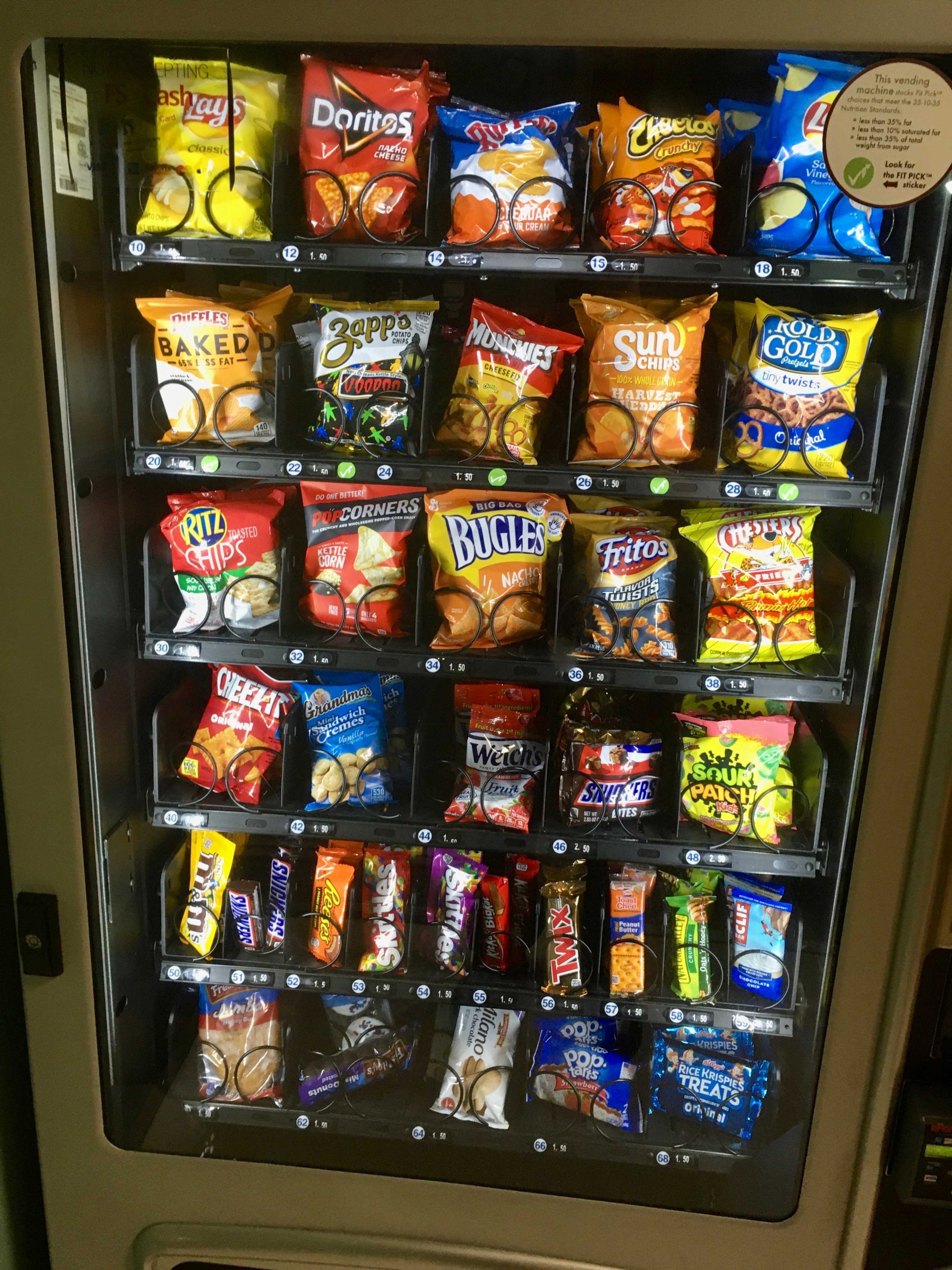There is polyglycerol polyricinoleate in Hershey bars and tripotassium phosphate in Cheerios breakfast cereal. Growing scrutiny of the peculiar ingredients in popular snack foods might be bad news for their makers.
“Ultra-processed foods” are informally considered those that contain ingredients that aren’t normally found in a domestic kitchen—protein isolates or emulsifiers, for example. The term comes from a way of classifying foods, called Nova, that emerged in Brazil over a decade ago.
It is also a new way to think about diet. Rather than focusing on salt, sugar or other nutritional baddies, Nova groups foods based on how intensively processed they are. Some scientists think that industrial processing of food itself might be harmful and encourage overeating.
The evidence is controversial, but it is being taken seriously, including at policy level. The U.S. government will give Americans fresh diet advice in 2025 as part of a review that happens once every five years. For the first time, federal researchers and health experts will examine the relationship between ultra-processed foods and the risk of obesity. A scientific report is expected this year.
Big food companies are watching the debate closely. A lot is at stake: Products that fall under Nova’s UPF category make up roughly 57% of the average American and British diet and an even greater proportion for children.
If Americans switched one highly processed snack or meal for a fresh alternative, so that UPF’s share of their overall diet fell to 47% by 2027, big packaged food and drink companies could expect a 7% fall in sales, according to Barclays estimates. If Americans ate more like Italians, who largely snub UPF, food companies’ business would crater.
Ultra-processed snacks and meals are highly profitable. Major packaged food companies including Kraft Heinz, General Mills and Nestlé made an average operating margin of 17% over the past five years, according to FactSet data. Sellers of basic foodstuffs, like meat giants Tyson Foods and Pilgrim’s Pride, averaged 6% over the same period. Packaged foods with trademarked recipes and branding give companies more power to raise prices than foods that haven’t been tinkered with, such as fresh produce or meat.
There are good reasons for including some ingredients you wouldn’t find at home. Citric acid is the most common additive found in grocery store goods, according to a Barclays analysis of 17,000 products at Walmart and Albertsons. It is there to extend shelf life and prevent food waste.
They also make groceries more affordable. The Barclays analysis found that products containing the most common preservative, emulsifier and sweetener additives were 5% cheaper than their category average.
Some highly refined ingredients replace familiar ones that consumers want to avoid. Sweeteners like sucralose help manufacturers market products as low in sugar. As sucralose is potent, only a tiny amount is used. Other industrial ingredients, such as maltodextrin, a corn derivative, are added to replace the bulk lost when sugar is removed.
Even foods that target health-conscious consumers—such as oat milk and plant-based meat—can be intensely processed, as manufacturers try to mimic the taste, texture and smell of animal products.
Then there are reasons that have nothing to do with consumers’ preferences, and cost is a dominant theme.Highly processed ingredients often save money for big food companies, boosting shareholder returns. “This is food designed to make profits for pension funds…and it has become the national diet,” says Chris Van Tulleken, the author of the bestselling book “Ultra Processed People.“
As snack and soft drink manufacturers spend anywhere from 15% to 25% of their revenue on food ingredients, they are always looking for reformulations that can boost profit without altering taste. Coca-Cola and Pepsi switched from sweetening their drinks with sugar to high-fructose corn syrup in 1984 and have reaped the savings since. Agricultural subsidies helped keep the cost of HFCS 33% lower than cane sugar on average between 2000 and 2023, according to data from the U.S. Department of Agriculture.
Another common money-saving tactic is to switch pricey animal fats for cheaper vegetable oils. Wholesale butter costs nearly $6,000 a metric ton, while palm oil is less than $800. Food-processing technologies can change the texture of oils and strip them of their color and taste. That allows products like palm oil—a pungent, red liquid in its natural state—to show up in baked treats and ice cream.
Investors in packaged food companies have been preoccupied with the potential impact of weight-loss drugs Ozempic and Wegovy, which seem to dull users’ cravings for packaged snacks in particular. If the backlash against ultra-processed food takes off, they will have another unpalatable risk to digest.
Write to Carol Ryan at carol.ryan@wsj.com



